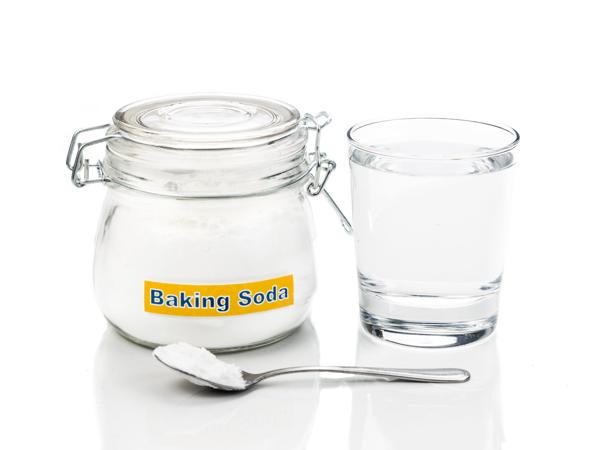A brighter smile is something many of us desire, and if you’re looking for gentle ways to enhance your teeth’s natural shade, you’re in the right place. Let’s dive into some natural methods you can try at home for whiter teeth.
Understanding Natural Whitening
Before diving into methods, it’s important to understand that natural teeth whitening isn’t an instant solution and might not provide results comparable to professional treatments. However, these methods can help maintain your teeth’s brightness over time and contribute to overall oral health.
Baking Soda
Baking soda is a common ingredient in toothpaste for good reason. It has mild abrasiveness that can help scrub away surface stains on teeth.
-
How to Use: Create a paste by mixing one teaspoon of baking soda with two teaspoons of water. Brush your teeth with this paste a few times a week for gradual results.
-
Benefits and Precautions: Baking soda is safe for daily use but brushing too hard or too often can wear down enamel over time. Use it cautiously.
Hydrogen Peroxide
Hydrogen peroxide is a natural bleaching agent. It can kill bacteria in the mouth and also help in whitening teeth.
-
How to Use: Use a low concentration of hydrogen peroxide (around 3%) as a mouthwash before brushing. Alternatively, mix it with baking soda to form a paste.
-
Benefits and Precautions: Be mindful of the concentration and frequency to prevent gum irritation and tooth sensitivity.
Oil Pulling
This ancient practice involves swishing oil in your mouth to remove bacteria and promote oral health. Coconut oil is a popular choice due to its pleasant taste and health benefits.
-
How to Use: Swish one tablespoon of coconut oil in your mouth for 15–20 minutes. Spit it out and rinse with water before brushing your teeth.
-
Benefits and Precautions: While not a whitening agent, oil pulling can improve oral hygiene and potentially reduce plaque, which may contribute to brighter teeth.
Apple Cider Vinegar
Apple cider vinegar has natural antibacterial properties and can help in reducing stains on teeth over time.
-
How to Use: Dilute one part vinegar with five parts water and swish in your mouth for about 30 seconds. Rinse thoroughly with water afterward to avoid the acid lingering on your teeth.
-
Benefits and Precautions: Due to its acidity, frequent use can erode enamel, so limit this method to once a week.
Eating Fruits and Vegetables
Crunchy fruits and vegetables can help rub away plaque as you chew. Besides, some vegetables and fruits have properties that can help in whitening teeth naturally.
-
Examples: Strawberries contain malic acid, which might help in fading discoloration on your teeth. Pineapple has an enzyme called bromelain that can aid in stain reduction.
-
Benefits and Precautions: Incorporating these foods into your diet can contribute to overall dental health, though they should not replace regular brushing and flossing.
Professional Advice
While these methods can help maintain the brightness and cleanliness of your teeth, always consult a dental professional before starting a new oral care routine. If you have persistent concerns about teeth discoloration, professional treatments may be more suitable.
For further guidance on maintaining oral health naturally, visit Colgate’s insights on natural teeth whitening.
Remember, while these natural methods can contribute to a whiter smile, maintaining regular dental hygiene practices like brushing, flossing, and dental check-ups is crucial for the health of your teeth and gums. Feel free to explore which method suits you best and share the smile journey with others!
